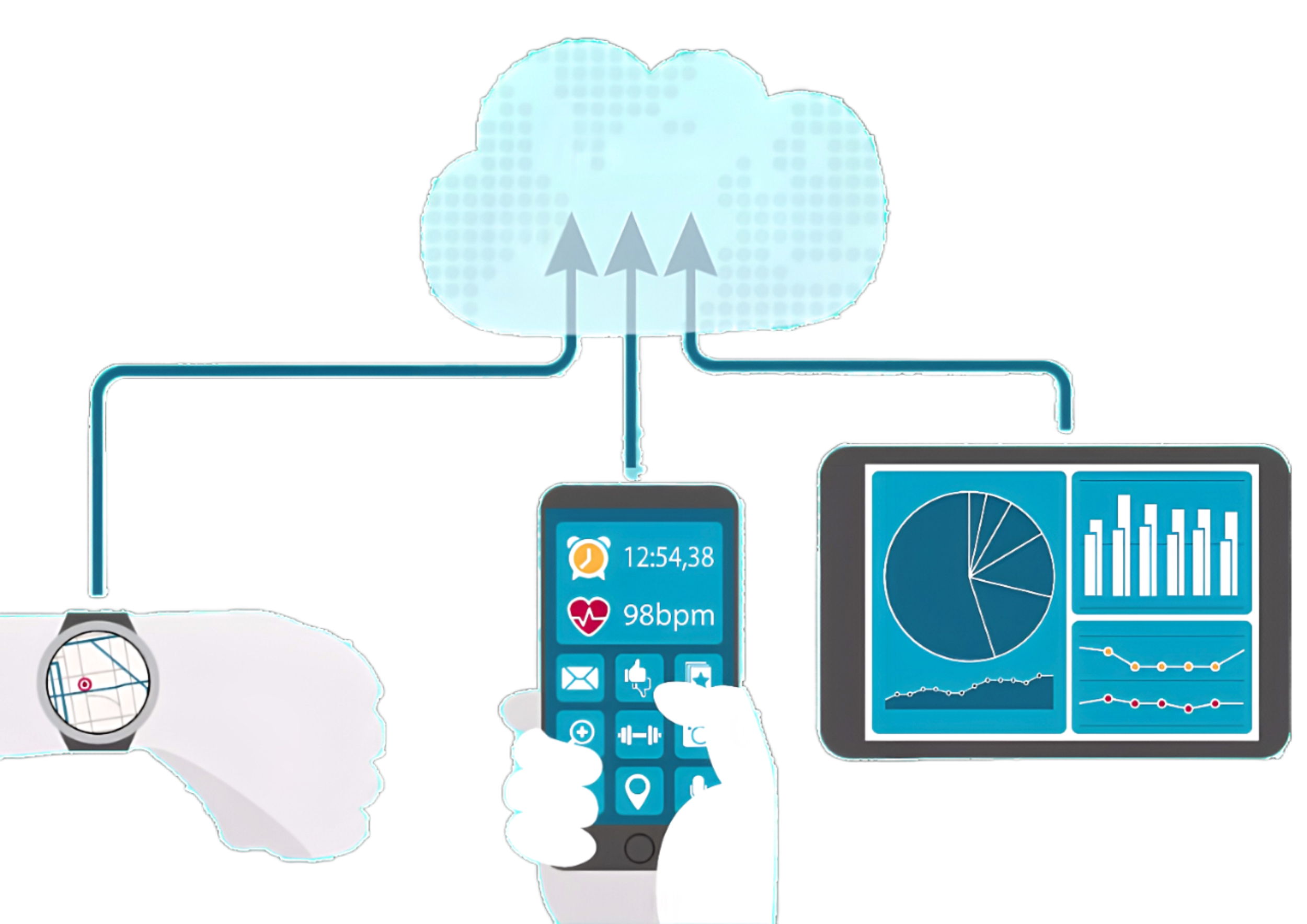“Machine learning has an AI problem,” wrote author Eric Siegel in a recent Harvard Business Review (HBR) article, “The AI Hype Cycle is Distracting Companies.” “With new breathtaking capabilities from generative AI released every several months — and AI hype escalating at an even higher rate — it’s high time we differentiate most of today’s practical ML projects from those research advances. This begins by correctly naming such projects: Call them ML, not AI. “Including all ML initiatives under the AI umbrella oversells and misleads, contributing to a high failure rate for ML business deployments. For most ML projects, the term AI goes entirely too far — it alludes to human-level capabilities.”
Read MoreMore Treachery And Risk Ahead As Attack Surface And Hacker Capabilities Grow
Every year I peruse emerging statistics and trends in cybersecurity and provide some perspective and analysis on the potential implications for industry and government from the data. While cybersecurity capabilities and awareness seem to be improving, unfortunately the threat and sophistication of cyber-attacks are matching that progress.
Read MoreThe last winter season has witnessed unprecedented weather conditions across the state of California, driven by a series of over 30 atmospheric river storms from October through March. The impact is two-sided. On one hand, the aquatic deluge has brought much-needed rain and snow to the drought-stricken state, hence alleviating the ongoing multi-year drought in California. The laden snowpack in the Sierra Nevada mountains is also critical for the state's water supply, as it melts in the spring and summer to provide water for agriculture and cities. On the other hand, the storms have dealt a severe impact on life and property. Heavy rain and snowfall bring potential hazards such as flooding, landslides, and mudslides. 41 of California’s 58 counties have been placed under a federal emergency declaration, while 3 of them have been bucketed under a major disaster declaration. Within a 3-week period following Christmas 2022, an estimated 32 trillion gallons of water fell across California, which could fill the state’s largest reservoir, Shasta Lake, approximately 21 times.
Read MoreProtecting critical infrastructure, and especially the U.S. Energy Grid is certainly a topic that keeps the U.S. Department of Homeland Security (DHS), The U.S. Department of Energy (DOE), The U.S. Department of Defense (DOD), and U.S. intelligence community planners up at night. The threats can be from cybersecurity attacks (by countries, criminal gangs, or hacktivists), from physical attacks by terrorists (domestic or foreign) and vandals on utilities or power plants, or from an Electronic Magnetic Pulse (EMP) generated from a geomagnetic solar flare, or from a terrorist short range missile exploded in the atmosphere.
Read MoreThe most intelligent creation, the human brain, is unrivaled in its cognitive abilities. It’s capable of processing vast amounts of information quickly, making complex decisions, evaluating, learning, adapting to new situations and so much more. Further, it has a high degree of plasticity, enabling it to reorganize and adapt to environmental changes such as injuries.
Read More“One of the fundamental limitations of AI can be characterized as its lack of commonsense intelligence: the ability to reason intuitively about everyday situations and events, which requires rich background knowledge about how the physical and social world works,” wrote University of Washington professor Yejin Choi in “The Curious Case of Commonsense Intelligence,” an essay published in the Spring 2022 issue of Dædalus. “Trivial for humans, acquiring commonsense intelligence has been considered a nearly impossible goal in AI, added Choi.”
Read MoreOver the past few decades, powerful AI systems have matched or surpassed human levels of performance in a number of tasks such as image and speech recognition, skin cancer classification, breast cancer detection, and highly complex games like Go. These AI breakthroughs have been based on increasingly powerful and inexpensive computing technologies, innovative deep learning (DL) algorithms, and huge amounts of data on almost any subject. More recently, the advent of large language models (LLMs) is taking AI to the next level. And, for many technologists like me, LLMs and their associated chatbots have introduced us to the fascinating world of human language and cognition.
Read MoreWe have known for over a decade that a major advantage of digital maturity is that higher digital maturity drives better financial performance. More recently, a survey of over 1,200 executives revealed that digitally mature companies were three times more likely than lower maturity companies to outperform their industry average on key financial metrics.
Read MoreSince its launch in 2020, Generative Pre-trained Transformer 3 (GPT-3) has been the talk of the town. The powerful large language model (LLM) trained on 45 TB of text data has been used to develop new tools across the spectrum — from getting code suggestions and building websites to performing meaning-driven searches. The best part? You just have to enter commands in plain language.
Read MoreThe business benefits of focusing on customer experience have been known ever since 1954 when Peter Drucker wrote that “there is only one purpose of a business: to create a customer.” However, it wasn’t until 1989, when Jan Carlson, the chief executive officer of Scandinavian Airlines (SAS), published Moments of Truth advocating a focus on customer experience (CX) and providing practical guidance. He famously coined insights such as:
Read MoreWhy do so many companies talk about digital transformation, and yet they deploy digital technologies for modest incremental improvement? They automate simple, repetitive, rule-based tasks. They don’t redesign. They tinker at the margins with AI through small proof of concept projects and pilots and fail to deploy models at scale for true economic value.
Read MoreWe are living amid a technological revolution that is transforming the globe. Changes are visible in all aspects of our lives from transportation, health, and communications. As the adage states, yesterday’s science fiction is today’s science. We are now expanding our capabilities in every area of science, chemistry, biology, physics, and engineering. That includes heightened spae exploration, as well as building smart cities, new manufacturing hubs, and developing artificial intelligence and quantum technologies.
Read MoreBy 2032, it will be logical to assume that the world will be amid a digital and physical transformation beyond our expectations. It is no exaggeration to say we are on the cusp of scientific and technological advancements that will change how we live and interact.
What should we expect in the coming decade as we begin 2022? While there are many potential paradigms changing technological influences that will impact the future, let us explore three specific categories of future transformation: cognitive computing, health and medicine, and autonomous everything.
Read MoreA few weeks ago, The Economist published “The World Ahead 2023”, its 37th annual year-end issue that examines the trends and events that will likely shape the coming year. Two years ago, “The World in 2021” said that we should expect unusual uncertainty in the coming year, given the interactions between the still flourishing covid-19 pandemic, an uneven economic recovery and fractious geopolitics. Last year, “The World Ahead 2022” said that 2022 would be a year of adjusting to new realities in areas like work and travel being reshaped by the pandemic, and as deeper trends like the rise of China and accelerating climate change reasserted themselves.
Read MoreThere is little question that the metaverse and AR/VR headsets are important trends to watch out for in the coming years. As The Economist wrote in a November 2021 article, “as computers have become more capable, the experiences which they generate have become richer. The internet began its life displaying nothing more exciting than white text on a black background.” The last major advance in user interfaces took place in the 1980s when text interfaces gave way to graphical user Interfaces (GUIS). GUIs were first developed at Xerox PARC in the late 1970s and later popularized by the Apple Macintosh in the ’80s. In the 1990s, GUIs were embraced by just about every PC and user device, and GUI-based Web browsers played a major role in the explosive growth of the internet.
Read MoreAccording to CISA, “the working group will serve as an important mechanism to improve the security and resilience of commercial space systems. It will identify and offer solutions to areas that need improvement in both the government and private sectors and will develop recommendations to effectively manage risk to space based assets and critical functions.” See CISA Launches a Space Systems Critical Infrastructure Working Group | CISA
Read MoreI recently attended a seminar, The Art of AI Maturity, by Accenture executives Philippe Roussiere and Praveen Tanguturi as part of MIT’s Initiative on the Digital Economy (IDE) lunch seminar series. The seminar was based on their recently published article The Art of AI Maturity: Advancing from Practice to Performance. “Today, so much of what we take for granted in our daily lives stems from machine learning,” wrote the authors in the article’s executive summary. “Every time you use a wayfinding app to get from point A to point B, use dictation to convert speech to text, or unlock your phone using face ID ... you're relying on AI. And companies across industries are also relying on - and investing in - AI to drive logistics, improve customer service, increase efficiency, empower employees and so much more.”
Read MoreAlgae, that green scum often seen on the surface of ponds, and credited with harmful ocean algal blooms that kill ocean life might just hold an important key to addressing climate change. Algae, much like trees, uses carbon dioxide to conduct photosynthesis, sequestering CO2 as it grows. Hypergiant, an AI products and solutions company, is harnessing this unique power of algae in its latest technology, the EOS bio-reactor which uses AI to optimize algae growth and carbon sequestration.
Read MoreMachine learning is powering most of the recent advancements in AI, including computer vision, natural language processing, predictive analytics, autonomous systems, and a wide range of applications. Machine learning systems are core to enabling each of these seven patterns of AI. In order to move up the data value chain from the information level to the knowledge level, we need to apply machine learning that will enable systems to identify patterns in data and learn from those patterns to apply to new, never before seen data. Machine learning is not all of AI, but it is a big part of it.
Read MoreAI in healthcare now involves the use of machine learning algorithms and patient data fed in timely ways to these algorithms. IoT is making its way into hospital devices and equipment and is sending this data to computing facilities for AI to work its valuable guidance on it. This consistent data flow streamlines the patient experience by producing inferences from multiple data points, which help to guide and improve healthcare management capabilities with information and data while handling patients, equipment, and procedures.
Read More



















